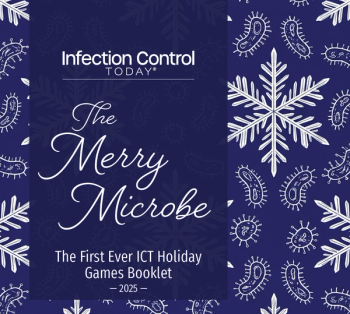
|Articles|July 22, 2011
Active Surveillance Testing vs. Conventional Infection Control Measures
Advertisement
The topic of active surveillance cultures (ASC) is a controversial one, with critics of the practice pointing to its expense, tying scarce infection prevention resources to one pathogen and the potential for adverse outcomes when patients who test positive are placed in isolation with reduced contact with healthcare personnel. Some experts emphasize that conventional, common-sense infection prevention and control measures are more effective at reducing rates of methicillin-resistant Staphylococcus aureus (MRSA).
Newsletter
Stay prepared and protected with Infection Control Today's newsletter, delivering essential updates, best practices, and expert insights for infection preventionists.
Advertisement
Latest CME
Advertisement
Advertisement






